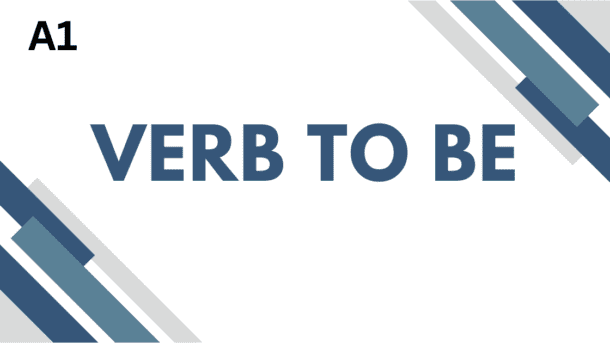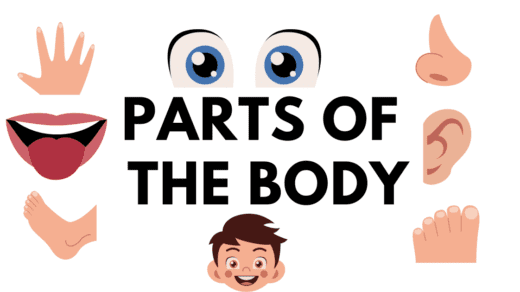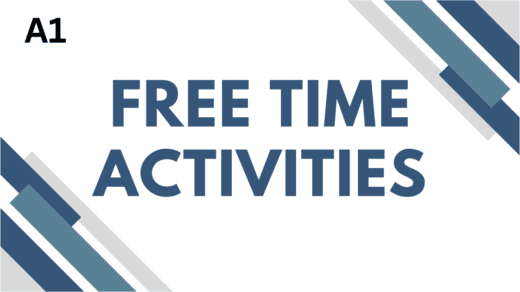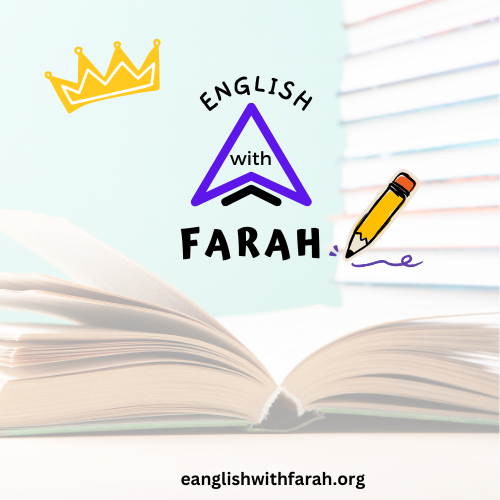The verb “to be” is one of the most essential verbs in English, used to describe identity, state, or existence. Its forms are “am,” “is,” and “are.”
Forms of “To Be”:
- I am (first person singular)
- You are (second person singular/plural)
- He/She/It is (third-person singular)
- We are (first person plural)
- They are (third person plural)
Verb To Be Usage in Sentences:
- Personal Identification: “I am a teacher.”
- Descriptions: “She is sad.”
- States of Being: “They are happy.”
- Locations: “The book is on the chair.”
Forming Verb To Be Affirmative Sentences
- I am + adjective/noun
- You are + adjective/noun
- He/She/It is + adjective/noun
- We are + adjective/noun
- They are + adjective/noun
Forming Verb To Be Sentence:
- First, Identify the Subject: Start with the subject of your sentence (I, you, he, she, it, we, they).
- Second, Choose the Correct Form of “To Be”: Match the subject with the correct verb form.
- Third, Add a Complement: Describe the subject with a noun, adjective, or phrase.
For example:
- Subject: You
- Form: are
- Complement: a great friend.
- Sentence: You are a great friend.
More Examples:
- I am a student.
- You are my best friend.
- He is an excellent doctor.
- We are excited about the party.
- They are great students.
Verb To BE Contractions:
Contractions in the verb “to be” are a common feature of English that make speech and writing more concise and informal. They are formed by combining the verb “to be” (in its various forms) with subject pronouns, often replacing the vowel sound of the verb with an apostrophe. Here are the main contractions used in the affirmative form:
Contractions:
- I’m (I + am)
- You’re (You + are)
- He’s (He + is)
- She’s (She + is)
- It’s (It + is)
- We’re (We + are)
- They’re (They + are)
Example Sentences with Contractions:
- I’m happy for the concert. (I’m a contraction of “I am”)
- You’re my favorite person. (You’re a contraction of “You are”)
- She’s a great chef. (She’s a contraction of “She is”)
- It’s raining outside. (It’s a contraction of “It is”)
- We’re going to a party. (We’re a contraction of “We are”)
- They’re coming to visit us. (They’re a contraction of “They are”)
Practice Verb To Be:
- Fill in the blanks:
- “I ___ a student.”
- “They ___ friends.”
- “It ___ cold today.”
- Rewrite the sentences using “to be”:
- “She (happy)” → “She is happy.”
Common Mistakes to Avoid
- Using the Wrong Form: Make sure to select the correct form based on the subject and tense. For instance, “She am happy” is incorrect; it should be “She is happy.”
- Neglecting Subject-Verb Agreement: Always ensure that the subject and verb agree in number (singular or plural).
Some Practice Exercises for practicing Verb To Be
- Matching Exercise:
- Write 8-10 sentences using different subjects (e.g., I, you, he, we, they) and adjectives/nouns (e.g., happy, student, doctor, excited, countries).
- Match the sentences with the correct forms of “to be” on the board (I am, you are, he is, we are, they are).
- Sentence Completion:
- Write a sentence with the subject (e.g., I, you, he, we, they) and a blank space for the correct form of “to be”.
Conclusion:
Mastering the verb “to be” in affirmative form is essential for constructing clear and confident sentences. Remember to use the full form in formal contexts and contractions in informal writing and conversation. Practice making sentences using different subjects and forms to gain confidence.




